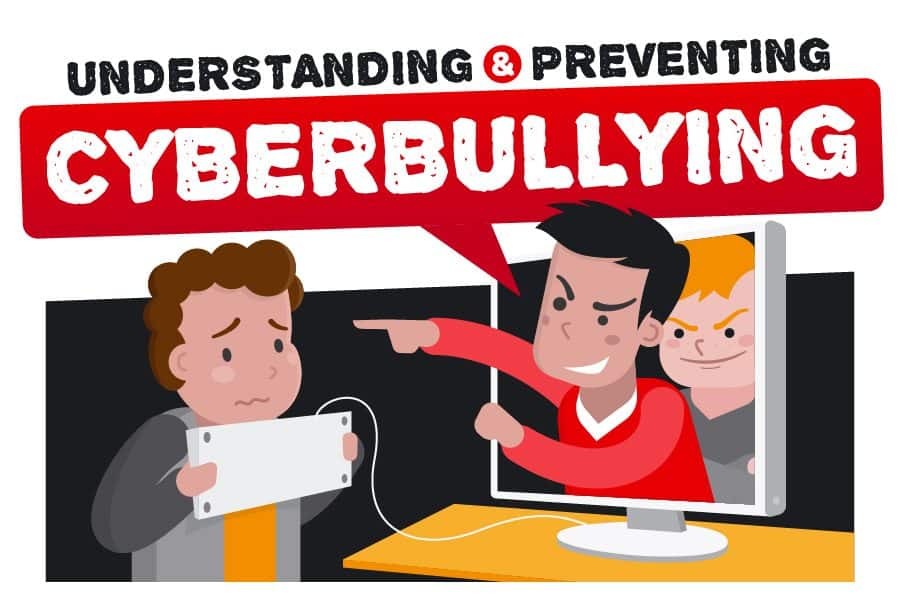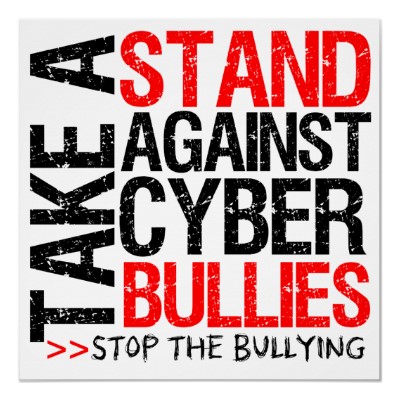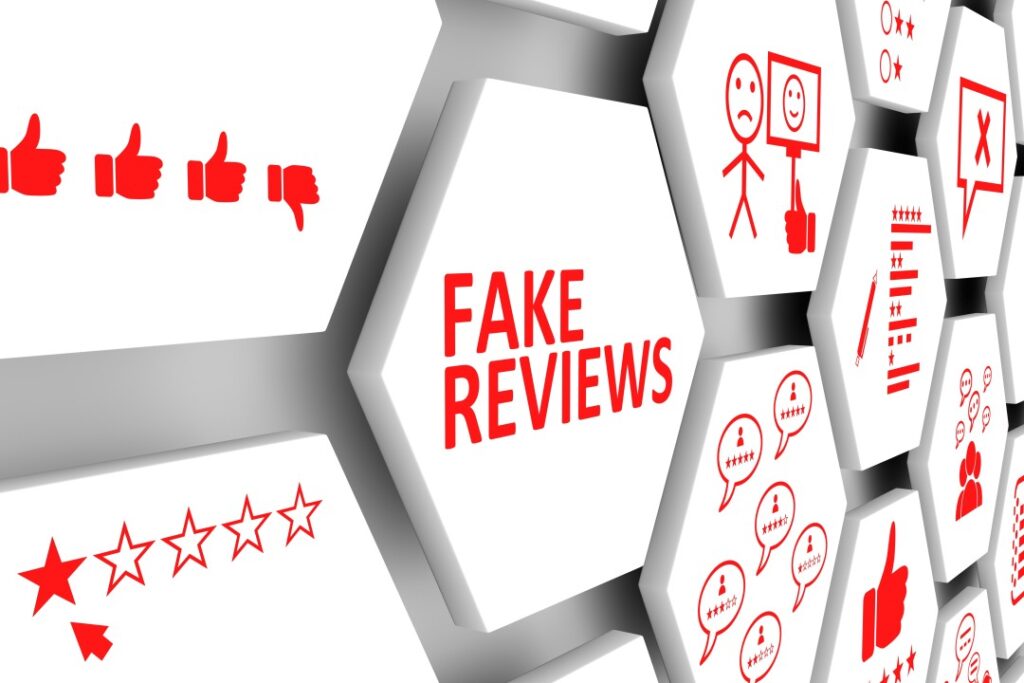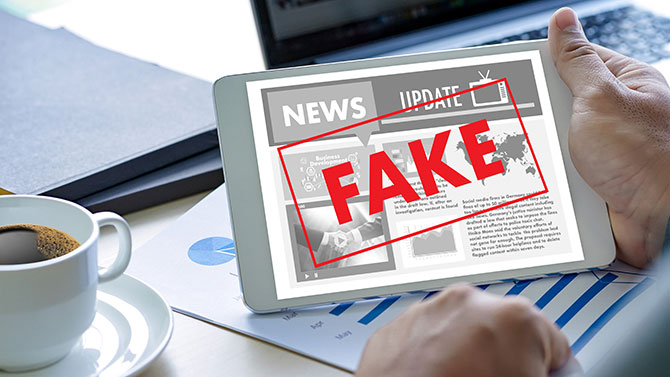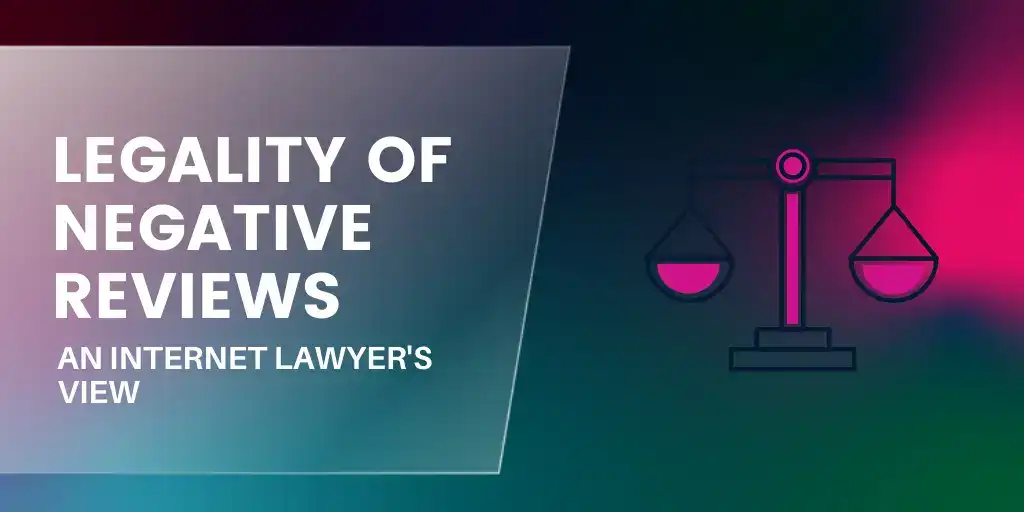How to Manage Cyberbullying Against your Business?
Introduction: For companies of all sizes, cyberbullying is a serious risk that affects not just the individuals targeted but also the company’s finances and image. Cyberbullying can interfere with business operations, erode trust, and harm brand perception through orchestrated smear campaigns, hostile social media comments, and nasty reviews. Implementing proactive techniques for efficiently managing and responding to online harassment is crucial if you want to protect your business against cyberbullying and lessen its effects. Remain alert and keep an eye on your company’s online presence on all the major social media, review, forum, and blog sites. Take note of reviews, mentions, and comments on a regular basis to spot any instances of cyberbullying or unfavorable attitude about your brand. For a more efficient approach and real-time tracking, think about utilizing monitoring tools and services. Observe Your Online Presence The first line of defense against cyberbullying is to keep a close eye on your internet presence. Keep an eye on social media, internet forums, and review websites where conversations on your company could take place on a regular basis. Create a Google Alert for your company name to get informed whenever it is mentioned online. You may take quick action in response to any incidents of cyberbullying by keeping track of what people are saying about your business. Create a Reaction Plan Create a thorough and well-defined response protocol for dealing with cyberbullying incidents. Decide who in your company will be in charge of keeping an eye on online activity, determining the gravity of the situation, and formulating suitable answers. Provide instructions for when and how to reply to reviews or comments that are unfavorable. Make sure that all conversations are kind, professional, and centered on finding a workable solution. Interact with Clients Actively interact with your clients to create a devoted following and cultivate goodwill. To mitigate the effects of unfavorable remarks, invite pleased clients to post reviews and testimonials on reliable websites. Valid issues or complaints should be addressed quickly and openly to show your dedication to providing excellent customer service. Deal with Misinformation Take prompt action to rectify the situation when erroneous information or defamatory statements are encountered. Citing the appropriate sites’ terms of service or community guidelines, request the removal of defamatory content from those platforms. Seek legal advice if necessary to investigate your possibilities for taking legal action, such as bringing a defamation lawsuit against the people who disseminated the false information. Create a Response Protocol: Create a thorough and well-defined procedure for handling situations of cyberbullying. Assign particular people or groups the task of keeping an eye on and overseeing online interactions, and make sure they have received the necessary training to deal tactfully and professionally with delicate circumstances. Describe the procedures for evaluating the incident’s seriousness, obtaining proof, and choosing the best course of action—whether that’s interacting with the offender face-to-face, reporting the abuse to the platform, or pursuing legal action. Engage with Transparency and Empathy: Prioritize the well-being of individuals impacted by cyberbullying by taking a transparent, compassionate approach to reacting to it. Express empathy for the person or group being attacked and acknowledge the issues they have highlighted. Address the matter in public as soon as possible, with precise and truthful. Boost Positive Messaging: To combat the damaging effects of cyberbullying, actively promote positive messaging and reaffirm your company’s core principles. Make good use of your web channels to showcase client endorsements, success stories, and community service projects that enhance your company’s reputation. Encourage advocates and pleased clients to share their stories and protect your brand from unfounded criticism. Create More Engaging and Inclusive Spaces for Interaction to Build Stronger Online Communities: Encourage a feeling of community and belonging among your online followers and consumers. In order to maintain a polite and encouraging atmosphere, control conversations and promote constructive criticism and interaction. To stop cyberbullying and preserve the integrity of your online community, clearly define appropriate behavior and continuously enforce it. Summary: Cyberbullying against businesses is a significant and expanding threat, yet it is not unavoidable. Businesses may protect their brand, keep customers’ trust, and overcome challenges by putting proactive measures in place to manage cyberbullying. You can effectively manage cyberbullying and safeguard the integrity of your company in the digital age by keeping an eye on your online presence, setting up response protocols, interacting with customers, addressing false information, training your staff, creating a positive online culture, and asking for help when you need it. By applying these approaches to handle cyberbullying companies can enhance their image assist their stakeholders and uphold an online identity, against online risks. By emphasizing openness, compassion and fostering community relations businesses can successfully address the hurdles of cyberbullying. Come out as robust and adaptable in the era of digital advancements.

